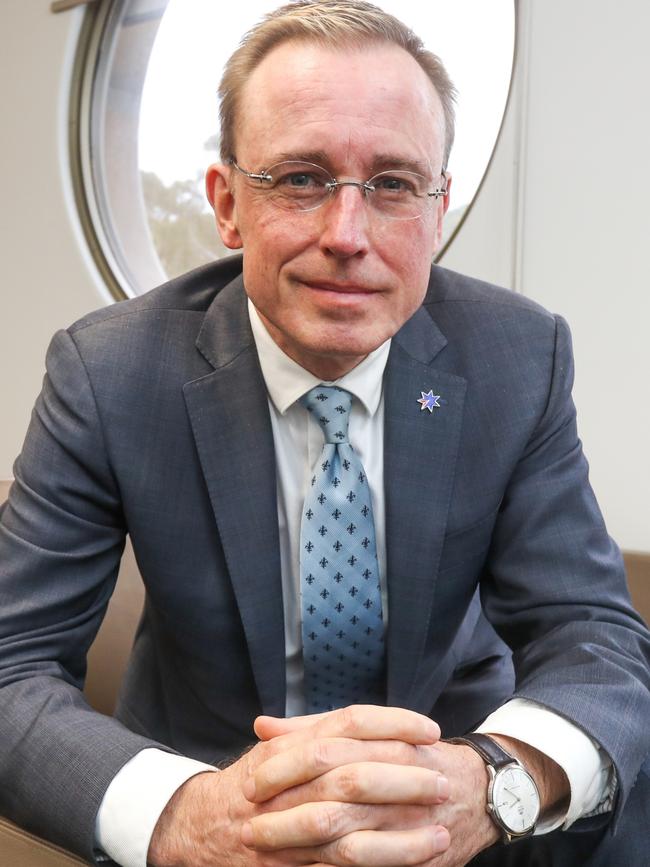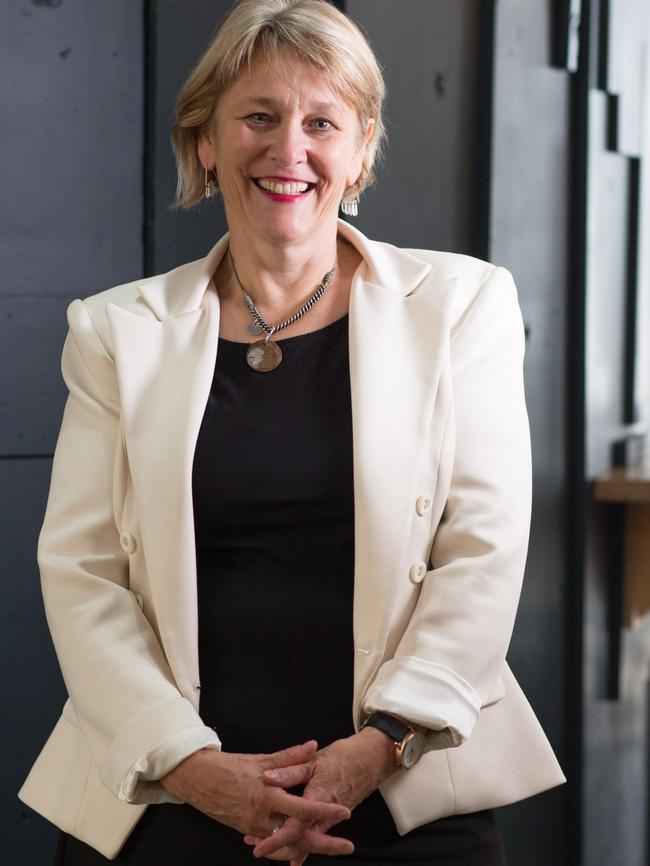Oldies moving to SA as working age people leave
We know South Australia’s population is ageing – but the amount is staggering. And now prime-age workers are leaving the state and are being replaced by incoming older retirees.
Local
Don't miss out on the headlines from Local. Followed categories will be added to My News.
- Report on population and age pushed back
- Prizes, discounts, freebies: Check out the latest subscriber rewards
A huge increase in the over 60s calling South Australia home has come at the same time as thousands of people in the peak years of their working career have deserted the state this decade, new data reveals.
The significant changes are a wake-up call for the state, community leaders say.
It was concerning to see a net loss of 11,107 people aged in their 40s between June 2009 and June this year, Business SA chief executive Martin Haese said.
“These are people at the prime of their earning capacity, the people we want not only to retain but to attract to SA,” Mr Haese said.

The Australian Bureau of Statistics data also show a gain of nearly 80,000 people aged 60 to 79 in the same period.
This clearly showed we must end the “mock and deny” approach to ageing and instead embrace a new attitude recognising the needs and opportunities of older citizens, Council on the Ageing chief executive Jane Mussared said.
The ABS report last week showed SA’s population at 1.75 million, with gains since 2009 in all ten-year age groups except the 40s and a slight fall of 420 people in 10-19 year olds concentrated within the high-school ages.
There have been six consecutive annual declines in 40-49 year olds, including 1761 in the last financial year.

Mr Haese said SA had to do better at creating attractive economic conditions and marketing the state as a place to live not just visit.
“These people leaving SA for interstate or overseas are going for employment reasons, they’re not going for lifestyle,” he said.
“They’re going for a better job.
“We need to completely invert that equation so SA is a great place to do business because it’s cost competitive, it’s growing, it’s very outward facing and it has strong export growth.
“All that, coupled with our lifestyle, will attract people.”
Mr Haese said astute businesses would also see the opportunities in providing services to older people such as specialist accommodation, food and tailored intrastate tourist packages.
Ms Mussared said it was a triumph of the last century that people were living longer and healthier lives.
“To make the most of our new longevity we now need to, among other things, tackle ageism, push the boundaries of technology, adopt lifelong exercise and make sure that we have a skilled and valued workforce in jobs that will support our ageing well,” she said.
“We are not yet well prepared for modern ageing.
“Just as we have a strategy to attract younger workers into apprenticeships, we need the same focus on people in their 50s and 60s who are battling rampant ageism to get and keep jobs.”
Issues needing urgent attention included growing numbers of older women struggling to find affordable housing, services in regional areas and opportunities to age well across diverse SA, including Aboriginal people.
“Our attitudes are still out of touch with the challenges and opportunities,” she said.
